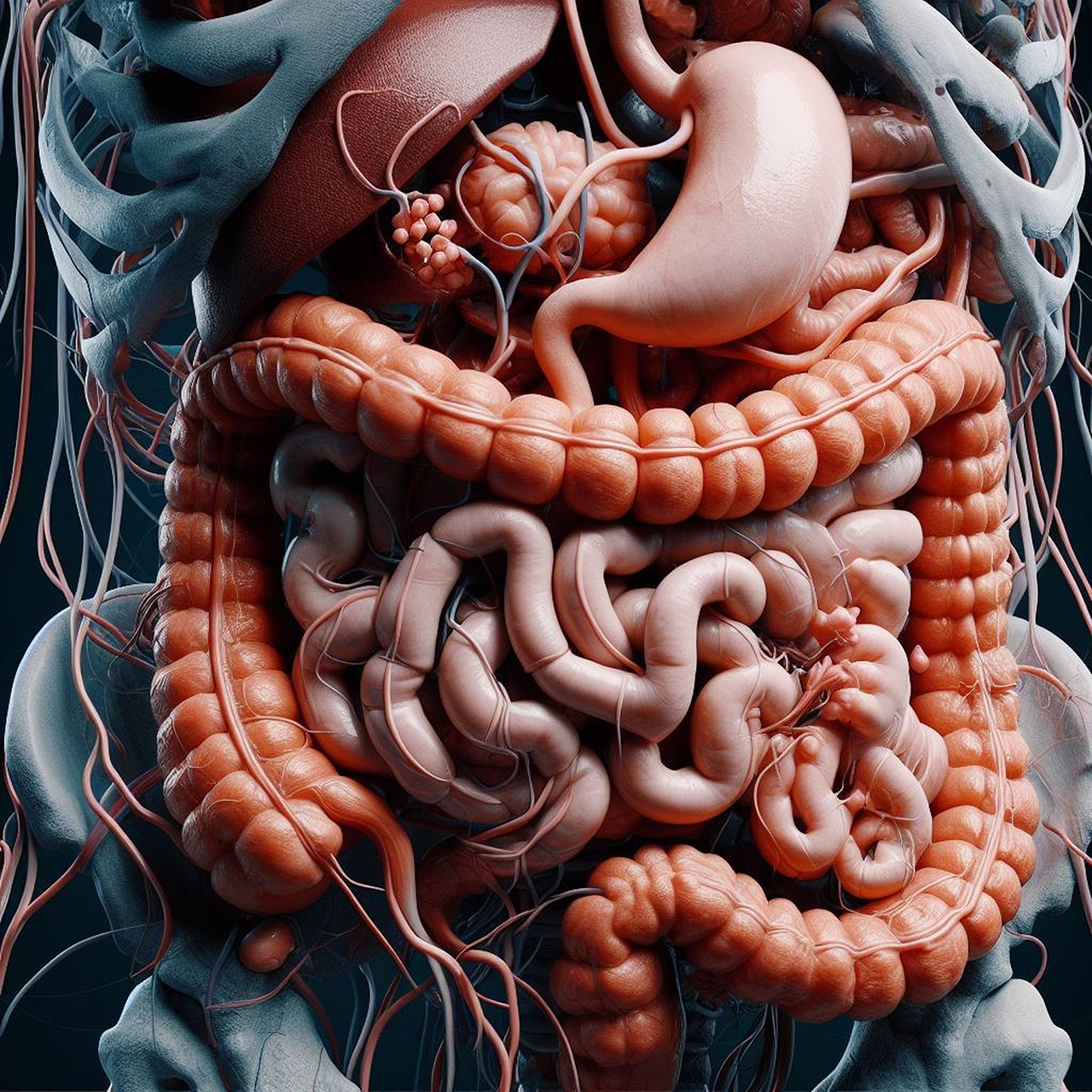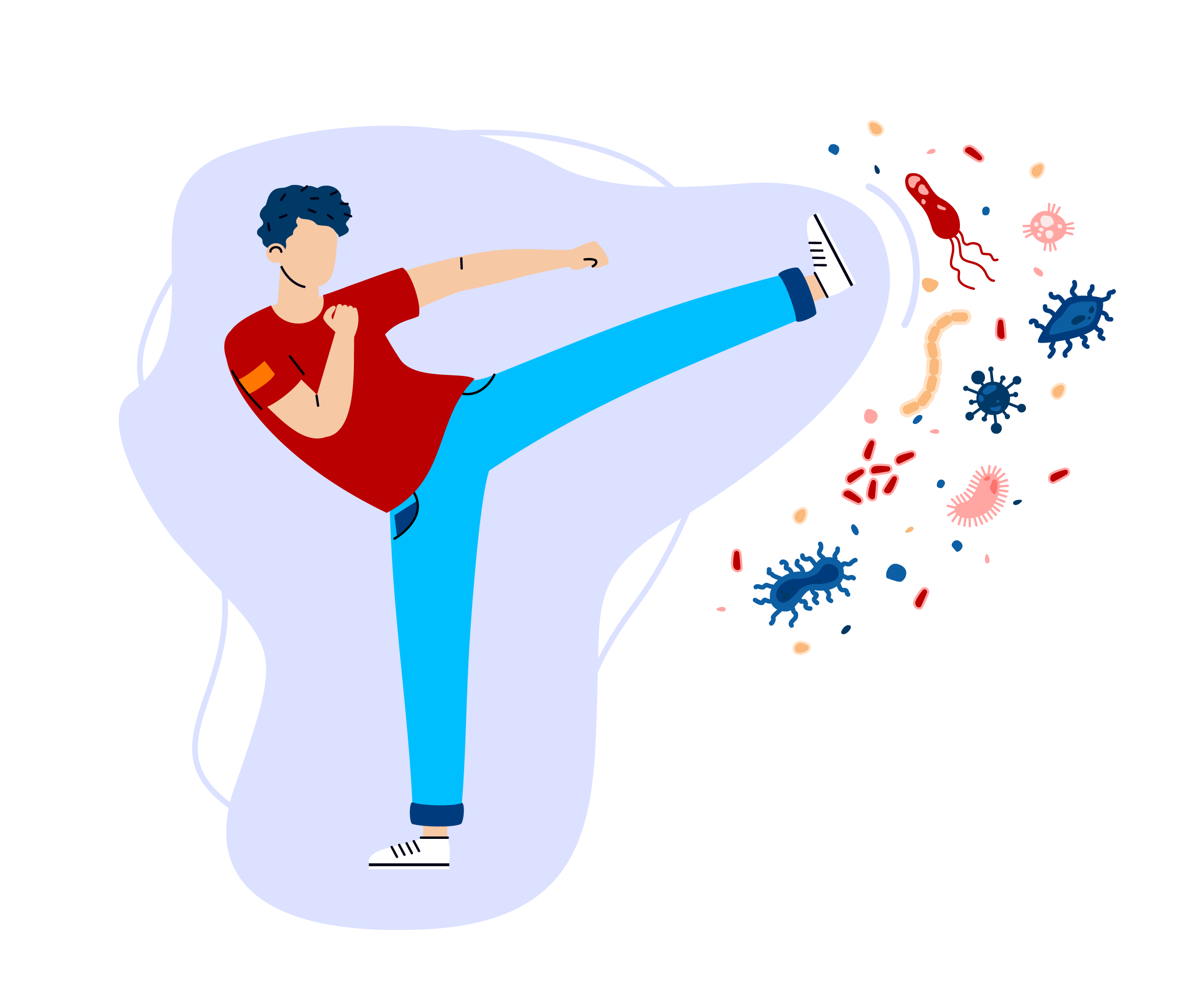
A diagnosis of “high cholesterol” means you have too much LDL cholesterol in your bloodstream. Cholesterol is a fat-like substance produced by the liver which contributes to the production of certain hormones and cell membranes. However, LDL cholesterol, also known as the “bad” cholesterol, can collect in the walls of your blood vessels and build up in your arteries. This can cause a dangerous health condition called atherosclerosis.
Atherosclerosis limits blood flow through the arteries, raising your risk of blood clots, stroke, heart attack, high blood pressure, and countless other health ailments.
The best way to reduce cholesterol, or prevent LDL cholesterol from increasing in the first place, is to eat a healthy diet. Nutritious whole foods with lower levels of fat help to keep your body working as it should for longer, happier life.
This often includes the self-discipline of choosing healthier alternatives to some of your favourite foods. For example, an omelette for breakfast with no cheese, or chicken instead of pork chops.

What Causes High Cholesterol?
Understanding what causes high cholesterol is crucial for preventative health. The most common cause of high cholesterol is eating too many foods high in trans and saturated fats. While some level of fat is important in your diet, saturated and trans fats are more likely to get stuck in your arteries, creating the plaque that causes atherosclerosis. Inactivity and smoking can also prompt issues with cholesterol. These are all issues you can address to lower your risk level.
There is one particular cause for high cholesterol that makes it more difficult to prevent, and that’s your genetics. You could be genetically at higher risk for high cholesterol. Your genes provide your body with instructions on how to process fats and cholesterol. If your parents have high cholesterol, there may be a greater risk of you having it as well. There’s also a rare condition called familial hypercholesterolemia, which prevents the body from removing LDL.
DNA tests, like the in-depth test from CircleDNA, and conversations with your doctor can help you to determine your risk for high cholesterol.
Signs and Symptoms of High Cholesterol
One of the factors that make high cholesterol so dangerous is a lack of symptoms. For the most part, you won’t notice any signs that you have higher cholesterol until complications emerge, like a heart attack or a stroke.
This is why it’s so important to get your cholesterol levels checked since there often are no symptoms to watch out for.
It’s important to be responsible and get your cholesterol checked regularly. Many people neglect to do this since they think they’re fine due to the lack of symptoms.
Typically, severe high cholesterol symptoms won’t occur until your cholesterol has already led to the formation of plaque in the arteries, impacting the flow of blood in your body.
The best way to protect yourself if you know you’re at high risk of cholesterol issues is to responsibly commit to regular screenings. Blood tests can help your doctor to measure your cholesterol from time to time to see how healthy it is. You can start getting tests at the age of 20 and get rechecked every 4 to 6 years.
If you have certain risk factors such as a family history of high cholesterol, obesity (a higher BMI), high blood pressure, or a cigarette smoking habit, you’ll need to have your cholesterol checked more regularly.

What Exactly is “High” Cholesterol?
Your body needs at least some cholesterol to function, which includes both LDL cholesterol and the healthier “HDL” version. While LDL cholesterol can increase the plaque in your arteries and lead to blood clots, HDL cholesterol helps to return LDL to the liver to be removed from the body. Increasing your HDL levels can help to rebalance your cholesterol readings.
Notably, when measuring your cholesterol, your doctor will look at more than just the bad “LDL” levels. They’ll examine:
- HDL: Good cholesterol which helps to remove LDL cholesterol
- LDL: Bad cholesterol capable of building plaque in your arteries
- Triglycerides: Lipids created from excess calories
According to the NHS, your total cholesterol level should be no higher than 5, and your LDL cholesterol should be 3 or below. Non-HDL cholesterol (which includes triglycerides) needs to be 4 or below. Your doctor will conduct a blood test to find your levels.
If you’re using the CDC guidelines for cholesterol, they should look something like this:
- Triglycerides: Less than 150mg/dL
- HDL: 60mg/dL or higher
- LDL: Less than 100mg/Dl
Your cholesterol is “borderline high” if the total number is between 200 and 239mg/ dL, and it’s “high” if it’s over 240 mg/Dl.
If you’re diagnosed with high cholesterol, this doesn’t mean you’ll automatically start taking medications. Usually, the best way to treat high cholesterol is to adjust your lifestyle. Higher amounts of exercise, reduced fat in your diet, and less exposure to tobacco products will all improve your cholesterol rating. If you have conditions like diabetes and hyperthyroidism which can increase your cholesterol levels, you may need treatment for those health conditions as well.
What Happens if Cholesterol Stays High?
Because high cholesterol doesn’t cause any symptoms or signs, for the most part, it’s easy to ignore until something goes wrong.
Unfortunately, without treatment, high cholesterol can be very dangerous. High LDL cholesterol causes plaque to build in your arteries, prompting atherosclerosis, which makes it difficult for blood to flow naturally around the body. When you don’t have proper blood flow, your risk of various health conditions increases, such as your risk for:
- Stroke
- Heart attack
- Chest pain or angina
- Peripheral vascular disease
- High blood pressure
- Chronic kidney disease
- Gallstones (caused by bile imbalance)
Fortunately, something as simple as changing your diet can make all the difference. The first treatment step for most people will involve replacing high cholesterol foods with low-cholesterol alternatives. For example, you might want to swap that cheesy omelette for healthy oatmeal in the morning. Changing your diet can make all the difference when it comes to reducing your cholesterol.







This Post Has One Comment
Comments are closed.